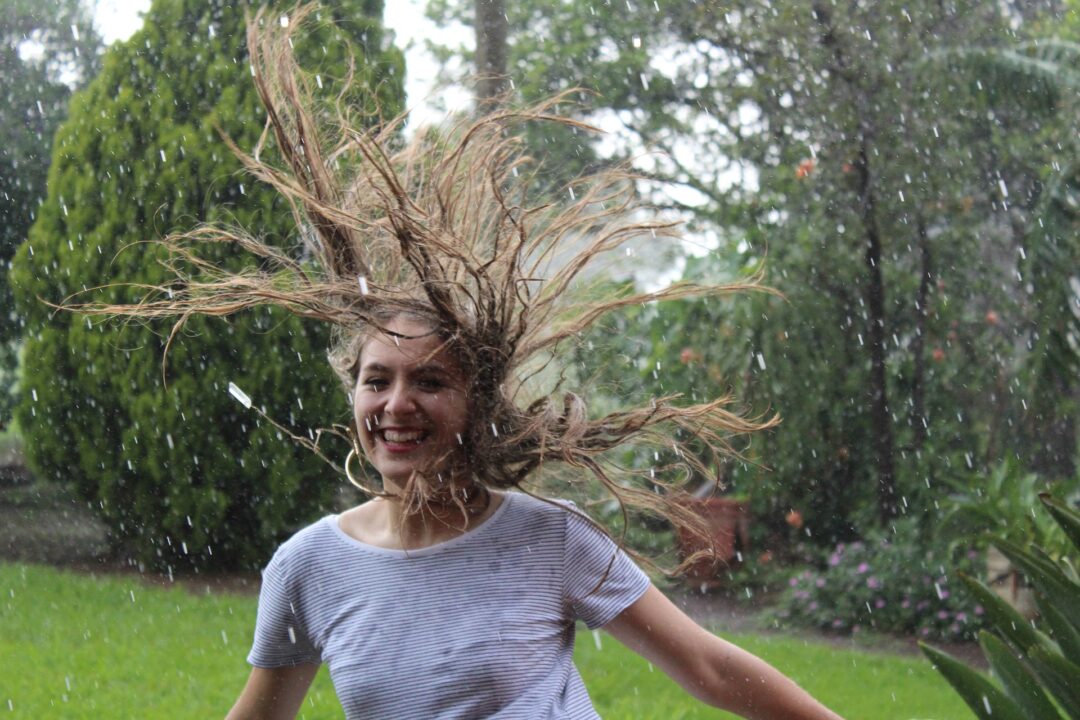As an actor, by default, you end up juggling a lot of things.
Auditions, searching for auditions, traveling for auditions (or setting up your home studio), marketing, researching for new monologues or songs, staying in touch with what’s current, vocal work, movement work…the list goes on and on and on. (I’m sure I missed many a thing that could be listed here.)
Let’s face it, time is limited. (Until time-turners become a reality, of course. )
We’ve all got 24hrs in a day to do the things we need to do and sometimes the important daily practices that help improve and further our craft as actors, fall by the wayside.
So, what I’ve got for you today, is a short and sweet thing you can do each day to keep your movement work alive.
Keeping movement work alive
Now, I don’t mean movement in the classic sense of exercise, workouts or getting 10,000 steps.
What I’m referring to are the daily movement exercises I can do to hone my movement craft to help me create unique characters.
By keeping my movement work alive and well I’m not just adding to my knowledge of what my body is capable of but I’m also adding to my repertoire of what I can do regarding character work from a movement lense.
Honest confession here, hand raised: as a movement coach, I don’t move enough. Not as much as I would like to at least.
Covid sure hasn’t helped in this department. All of the acting work that I’m doing right now, that I’m choosing to do right now, is all from my desk.
Zoom this and Zoom that.
It’s very…constricting. Constantly operating as though I’m working with a medium close-up shot when I’m used to being on stage.
So, what I do to keep movement alive in my life and craft is by using something I call the 3 M’s, or micro-movement-moments.
It’s a wonderful way to keep experimenting and discovering new ways to incorporate character movement work while applying it to daily activities that frankly, a lot of characters do too.
Did I mention it was quick too?
The 3 M’s
So, micro-movement-moments. What exactly do I mean by this?
Micro to me in this context refers to the small changes you can make in your body to move in a slightly different way.
As an example: try walking with the ever so slightest limp, favoring your left side, then after a few steps, switch to your right.
Movement and moment are probably self-explanatory here: movement refers to moving your body, or not moving it, that’s also an option.
Moment is the fact that an exercise like this can literally be just a moment. It’s amazing the kind of discoveries you can make by just taking a minute or two out of your day.
Not to mention it’s a way to be creative. And if you’ve spent the majority of the day working on marketing or searching for new monologue material after your non-acting day job…let’s be real, being creative for even just a moment can boost your spirit.
Just a minute a day
It really only takes a minute to keep your movement work alive and it’s a great way to flex your physical and metaphorical muscles.
What I love to do for my 3 M’s exercise is switching up where my body leads from.
Check out my post that goes into some more details about what a leading exercise entails but the basics are this:
When you engage in movement, no matter how big or small, what is the first part of your body to move?
What part of your body is leading the way for the rest of it? Your shoulders? Knees? Nose? Big right toe?
Once you discover what this means for you, focus on changing that lead point and see what happens!
Habit stacking
You can even do this exercise, or another of your choice, while doing other things in your life by way of habit stacking.
If you haven’t heard of habit stacking, it’s a great behavioral science trick, well, more of a strategy, really, that utilizes the habits you already have in place, to help you create new ones.
Check out this article from Esquire for some more info on habit stacking.
Right, so as an example of how to use habit stacking and movement work let’s say you’re working on switching up lead points.
Switch ’em up while you’re brushing your teeth, changing clothes, eating, walking the dog, any everyday activity that 1: you as a human in your life have to do and 2: activities fictional characters do because they’re also human. (Non-human characters also welcomed.)
Another example…let’s say you’re playing around with a slight limp. What’s that look like when you’re walking the dog, or even just moving from one room to another in your abode? Does it change how you sit down?
(I wouldn’t recommend doing these kinds of exercises while doing things like cooking around boiling water, knives, climbing on a ladder, yard work where sheers are involved, ya know, any of the dangerous stuff that could lead to injury 🙂 )
So, remember the 3 M’s!
Micro-movement-moments can help you get your movement work in each day and keep it alive when your schedule is packed to the gills.
By also using habit stacking for your movement work it fits it into your already established routines.
Remember: this helps you in a few ways:
Firstly, it helps you feel accomplished. Cross it off the list you did an acting thing today! Accomplishments are lovely, we need them, and it doesn’t matter how small they are to count.
It also gives you a moment to experiment and play, which as creatives…is key.
But most importantly: it helps keep your movement work alive.
Oh, and it only takes a minute 😉




